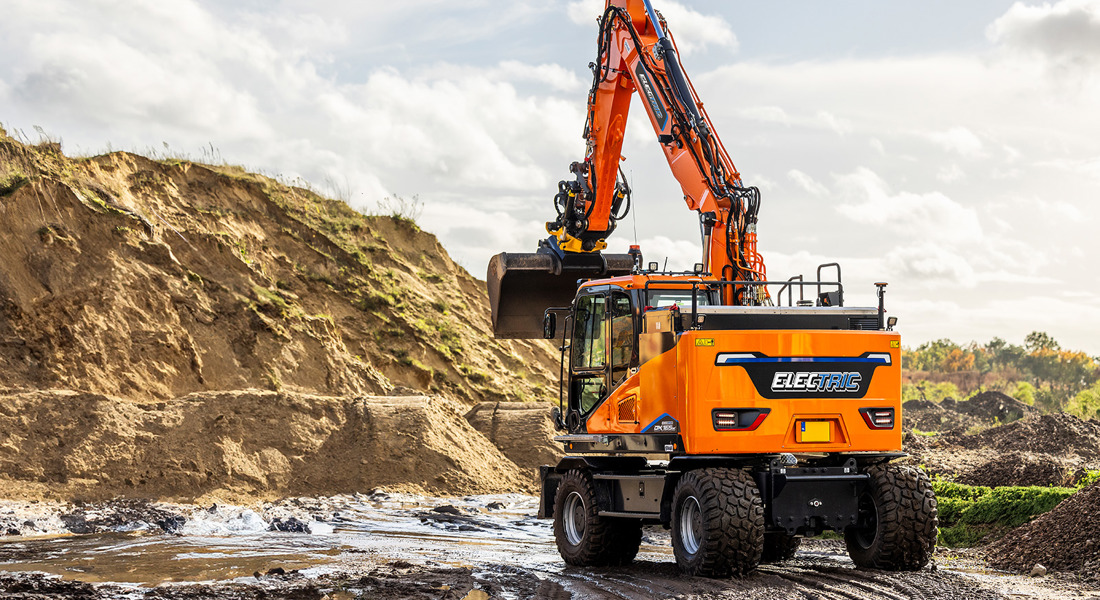New trailers and agricultural tractors are equipped with a two-line braking system. Often this will be an air brake system. Many cumela companies have already invested in this in recent years. If you have not done this, you will also have to make an investment for your tractor when purchasing a new trailer.
The new regulations refer to two categories of agricultural trailers. This also applies to trailers that are coupled behind an earth-moving machine. Within these categories there are further subcategories, depending on the total of the technically permissible masses per axle.
Two speed categories are distinguished: those of trailers with a speed of no more than 40 kilometers per hour and those for speeds above 40 kilometers per hour. The braking regulations again depend on the maximum permitted mass of a trailer and the maximum construction speed. The braking system of agricultural trailers and towed implements must consist of a two-line braking system (air brakes or hydraulic) or an inertia brake if the maximum authorized mass (including load) does not exceed 8000 kilograms.
Other requirements are that all wheels must be braked on trailers with a maximum construction speed of more than 30 km/h. An important requirement is that the braking system works automatically load-dependently, ie automatically more braking power with a higher load. New trailers with a maximum construction speed of more than 30 km/h must have a braking deceleration of at least 5.0 m/s2 upon admission. To demonstrate that a vehicle complies with
The manufacturer issues a so-called Certificate of Conformity (CvO) with European type-approval requirements. This is valid as long as the vehicle remains technically the same. If the owner himself, the mechanization company or the dealer makes changes, they are automatically regarded as the manufacturer of the vehicle, with all the ensuing liabilities. The manufacturer's CoC will then immediately lapse.
More safety requirements
From this year, there will also be more safety requirements for trailers. For example, agricultural trailers for transport must be fitted with a bumper. This is to prevent undercarriage of cars and delivery vans under a trailer. In practice, this requirement for a bumper can still cause problems for agricultural tippers that unload into a cistern. A possible solution is an adjustable bumper. Furthermore, agricultural trailers for transport with a maximum construction speed of more than 40 km/h must be equipped with side shields. This is to prevent unprotected road users, such as pedestrians, cyclists and motorcyclists, from falling under the side of the trailer and ending up under the wheels. These agricultural trailers must also be fitted with wheel guards, with the mudguards protecting at least two thirds of the tyres.
There are also requirements for the mechanical coupling between the tractor and trailer. The tractor coupling shall be fitted with a name plate with an EU coupling type-approval and information on the maximum vertical and horizontal load on the coupling. The maximum contact pressure on a coupling may not exceed 3000 kilograms. The exception is the ball coupling, where the support load is a maximum of 4000 kilograms.

Contact us. We are happy to tell you more about it!